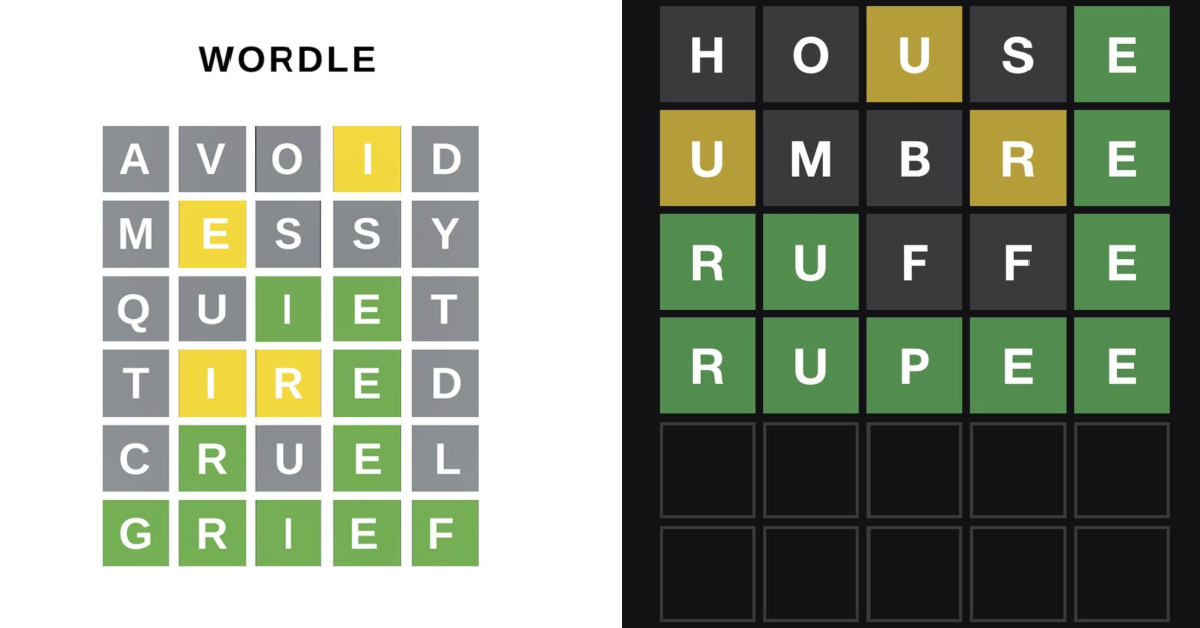Halley’s Comet, Last Seen In 1986, Is Able to Be Seen Again This Week
When I was a wee tot in 1986, my family drove out to a secluded area of darkness, so we could look up at the night sky to see Halley’s Comet. My parents were so excited. I was more annoyed that I had to wake up at 3am and drive to see a white streak in the sky.
Halley’s Comet can only be seen every 75 years, but she is making her presence known this week through a meteor shower seen through the Orion constellation on Monday and Tuesday.
It’s named the Orionid meteor shower because it can generally be seen around Orion’s belt.
What will you be able to see? If you go outside of the city, away from lights, you may be able to see what appear to be shooting stars that last about a millisecond as they streak across the night sky.
These “shooting stars” are actually particles that Halley’s Comet desposits into our atmosphere.
While you won’t be able to see the Comet itself, you can possibly see bits and pieces that she has left behind.
The best time to catch the meteor shower will be after midnight, in an area that doesn’t have artificial light — like the country. We always take desk chairs out and just sit and wait for them to appear.
You will be able to catch another Halley’s Comet meteor shower, the Eta Aquarids, on May 5 and 6 of 2020, but it can’t be seen as well as the Orionid meteor shower that happens this week.
If you are wanting to catch Halley’s Comet, in all its glory, you will have to wait until 2061, when she again makes her full appearance in the night sky.






